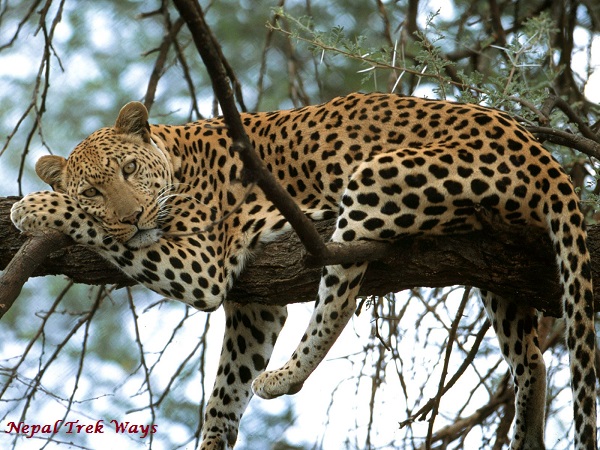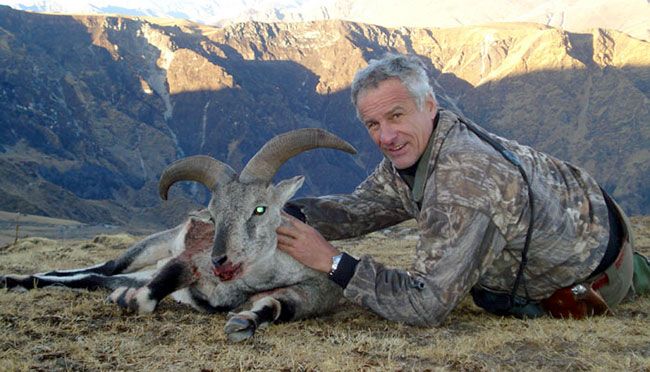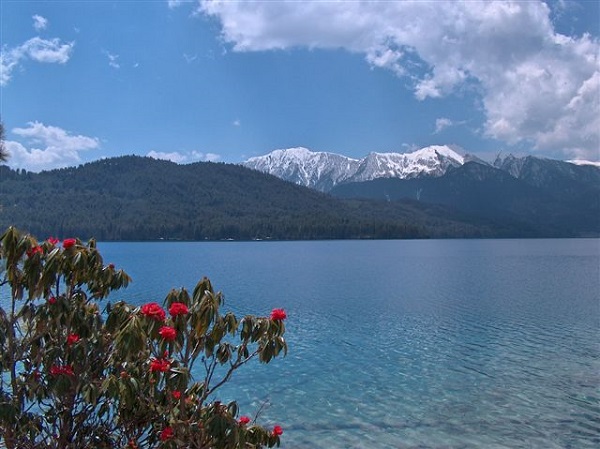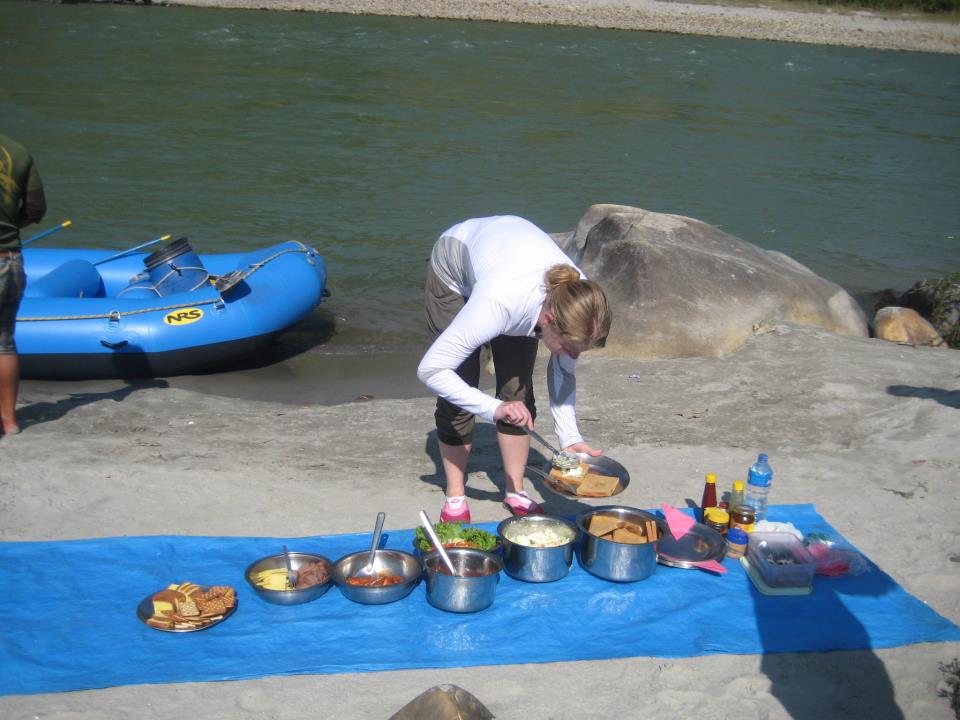Hunting safari
Area: 1325sq. km Established: 1983 and gazetted in 1987
Location: Dhorpatan hunting reserve adjoins Rukum, Myagdi and baglung districts in the Dhaulagiri Himal range in west Nepal. Putha, churn and gurja Himal extend over the northern boundary of the reserve. This is the only hunting reserve in the country, attracting Nepalese and foreign hunters with blue sheep and other game animals. The reserve is divided into six blocks for hunting management purposes. The reserve is characterized by alpine, sub alpine, and high temperate vegetation. Common plant species include fir pine, birch, rhododendron, hemlock, oak juniper and spruce. Pastureland at higher elevations occupies more that 50% of the total area of the reserve. The reserve is one of the prime habitats for blue sheep, a highly coveted trophy. Other animals found there are: leopard, goral, Serow, Himalayan Tahr, Himalayan black bear, barking deer, wild boar, rhesus macaque, langur and mouse hare. Pheasants and partridges are common and their viable population in the reserve permits controlled hunting. Endangered animals in the reserve include musk deer, wolf, red panda, cheer pheasant and Danphe (Lophophorus). Special permits required for hunting.
Obtaining hunting permission in Dhorpatan Hunting Reserve is a meticulous process governed by strict criteria and regulations aimed at preserving the delicate balance of the ecosystem while ensuring sustainable wildlife management. Hunters must adhere to stringent guidelines set forth by Nepal's Department of National Parks and Wildlife Conservation.
Firstly, hunters must obtain a hunting license from the Department of National Parks and Wildlife Conservation, demonstrating proficiency in firearm handling and knowledge of hunting ethics. Additionally, hunters must engage the services of a licensed hunting outfitter or guide with expertise in the region.
Furthermore, hunting quotas are established annually, with limits set on the number and species of animals that can be harvested. Priority is often given to controlling populations of certain species to mitigate human-wildlife conflicts or maintain ecological balance.
Before being granted permission, hunters may undergo background checks to ensure compliance with local and international hunting laws. They may also be required to provide proof of sufficient financial resources and insurance coverage.
Environmental considerations such as habitat preservation, conservation efforts, and the overall impact on the ecosystem are carefully evaluated before hunting permits are issued. Ultimately, the decision to grant hunting permission rests with the authorities, who prioritize conservation and sustainable management of wildlife resources in Dhorpatan Hunting Reserve.











